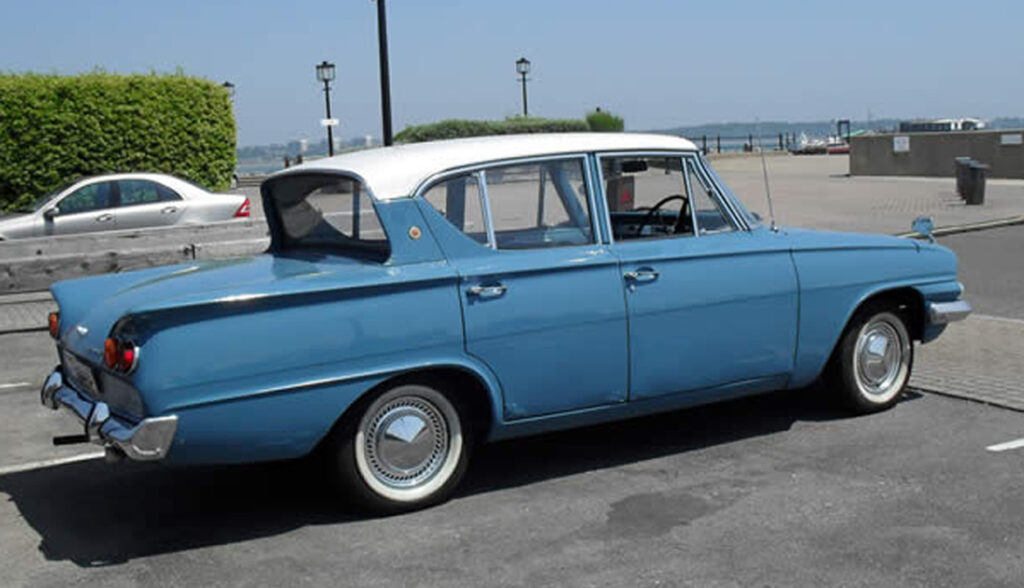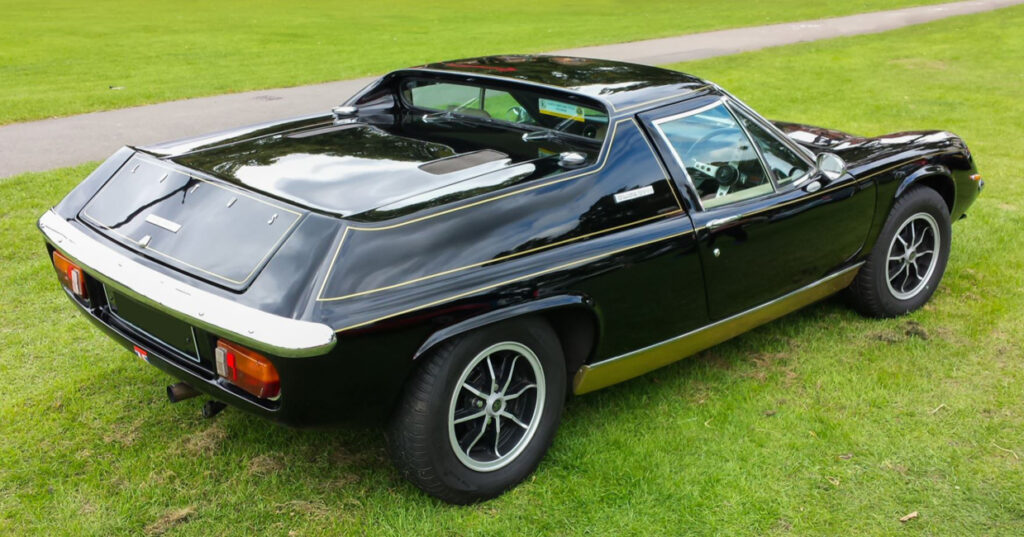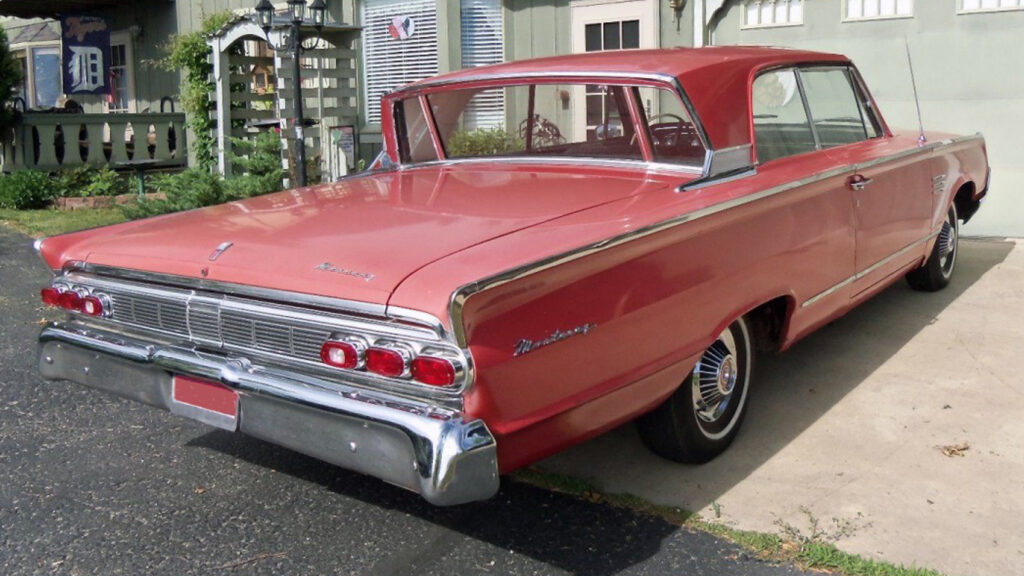The backwards-slanted rear screen was one of the weirdest design trends ever, says JULES CHRISTIAN.
When it comes to automotive design, it is a world of extremes, ranging from the exotic and the likes of Ferrari and Lamborghini to the stately, such as Rolls Royce to the practical and affordable of the mass production companies.
As a general rule, the more dramatic the look, the more you pay, which today means that once a large manufacturer hits upon a successful shape the others play safe and follow the trend or revamp a classic in a modern way.
This was not always the case. In past years there have been some crazy trends. Just look at the wacky fashion for fins in the US in the 1950s, which actually crossed over to Europe in the shape of the Morris Oxford and Austin Cambridge, among others.

But to me one of the weirdest ones was the backwards-slanted rear screen.
If you think someone needs to be blamed for this, it was Ford in the US with their 1957 Mercury Breezeway. “Breeze” gives you a clue as to the idea, as the backwards-slanting rear window actually had a wind-down electric centre section to air the vehicle’s interior in the years before air-conditioning was to become common in most American cars.
Worldwide, Ford thought they would try their weird window in the UK, and in 1959 introduced the Anglia 105E. The advertising claims of the day were that the backwards window gave the owner a rain- and snow-free rear view. Whether it was the unconventional styling or not, the Anglia took a long time to catch on with its best sales year not until 1967, when it was already being over shadowed by a new Cortina model.
Less well known was the Consul 315, targeted at a more upmarket buyer and featured the same rear window design, which was more easily accepted by the time it came out in 1961. The car was not a great success and was only in production for a couple of years, with buyers choosing the more luxurious versions of Ford’s Cortina, which was much the same size.

It was not just saloon cars that got the treatment. Lotus tried it – well sort of – in their 1970s Lotus Europa. It was a very small rear window, which being a mid-engined sports car, was actually half way up the car, but it definitely had a backwards slant.
In those days, if you wanted something different, there were always the French. Citroen, renowned for their innovation and eccentricity were not to be outdone. In 1961, they brought out the Citroen Ami 6, which was built along the same utilitarian principles of their hugely successful 2CV. Although harangued in the motoring press for its design, it did have many improvements on the 2CV, including the first oval-shaped headlamps which worldwide had always been round until then, and despite its unlikely appearance, it did survive in production in various forms for a further 8 years.
Unfortunately, in the beginning, it wasn’t just the rear window that went backwards. In its first year, so did sales, selling nearly 60,000 fewer units than the model it was planned to replace.











